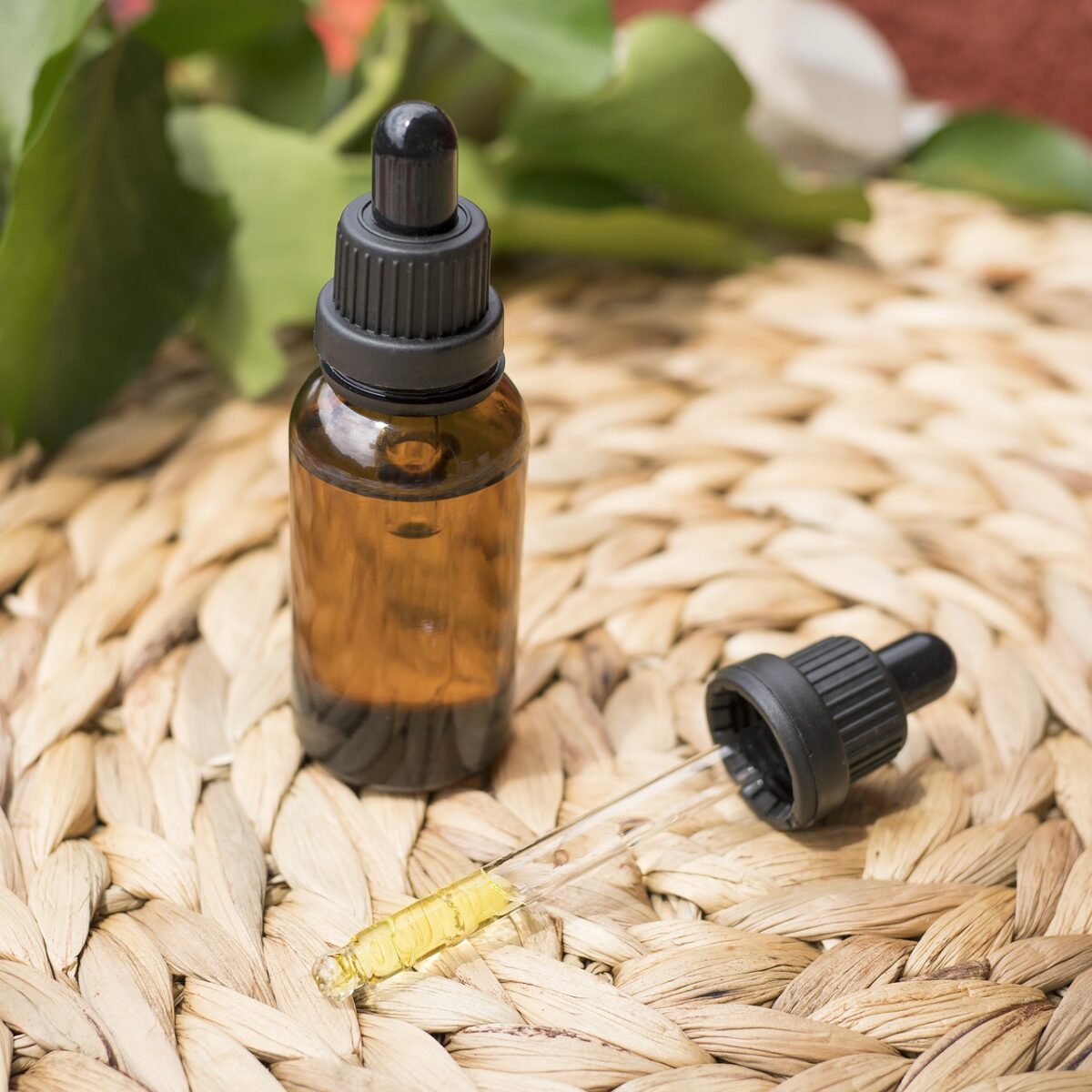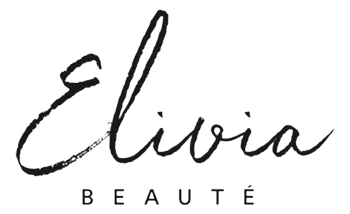
Hyaluronic Acid: The Skincare Superhero
Hyaluronic acid (HA), aka hyaluronan or hyaluronate, is a carbohydrate naturally produced by our bodies. It does a great job of lubricating our joints and tissues, and holds the key to hydrated, supple skin! Due to its impressive capacity for water retention, HA can be incorporated into any skincare routine to achieve long lasting hydration.
What does HA do?
HA is a humectant, meaning it attracts moisture to the skin. It’s a superhero when it comes to skincare because it can bind itself with water up to 1000x its volume! This means that layering HA with moisturising products will allow your skin to absorb even more moisture and for longer.
Our skin needs hydration, especially as we age and are exposed to environmental factors like pollution, ultraviolet radiation from the sun, and tobacco smoke. These slow our skin cell turnover, or natural HA production, and our skin’s ability to retain moisture. A review of chemical research on HA collected for Molecules, an international chemistry journal, and data on HA and dry skin collected for biomedical journal PubMed agree that HA is preventative and protective against these external factors that increase dryness.
So, using HA externally gives our skin a big helping hand.
Is it right for me?
HA can help us look out for any skin care concern, so it really is the backbone of a skincare routine and allows your products to work together seamlessly. HA pairs so well with many active ingredients, including peptides, amino acids, vitamins, niacinamide, ceramides, lactic acid and retinoids! The properties of HA ensure you will see and feel the most benefits from your skincare according to this chemical study from Molecules observing HA’s performance when paired with biomedical actives.
HA can be used year round to respond to changes in our skin caused by the weather. It also does a great job of filling in fine lines and improving elasticity to prevent the onset of wrinkles. A significant number of studies stored by scientific research journals (like this or this) have proven that HA helps with collagen stimulation, skin regeneration and anti-inflammatory properties – meaning it’s great for acne-prone skin too!
Not to mention, because we produce HA naturally, you can rest assured you will be safe applying it to the skin without adverse reactions.
How to use it
Begin with a gentle, moisturising cleanser like the Skin Medica Facial Cleanser for normal skin or the Zo Skin Health Hydrating Cleanser for sensitive or dry skin.
After washing your face, apply your HA while your skin is still damp. Go for HA products packed with other hydrating ingredients, such as Ultimage’s Hydrating Gel or Skin Medica’s Rejuvenating Hydrator, Both contain a blend of peptides that will leave the skin soft and even.
Next, apply your skincare actives and your favourite moisturiser. To brighten and hydrate the skin, go for a moisturiser with HA and Vitamin C like this one from SkinMedica. If you’re leaning towards something simple and anti-aging, this age-defying moisturiser from Vivier is what you’re after. Finally, layer with an SPF during the day time! For oily-skin, acne, or redness, I’d recommend the ELTA UV SPF, which contains HA, niacinamide, and lactic acid.
At night, use a thicker moisturiser, especially ones that contain HA and an occlusive ingredient like cocoa butter, oils, or petrolatum. Occlusive ingredients are hydrophobic, meaning they’ll repel any water back into the skin and create a barrier so that no moisture can escape. This renewal cream from ZO Skin is a beautiful example.
Now that you’re an expert in HA, you can use it to get the most out of your hydrating products and skincare actives. Your body will thank you for the helping hand in retaining moisture and supporting skin cell turnover. You can incorporate HA into any step of your skincare routine. So, how will you apply HA?



